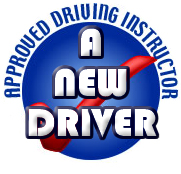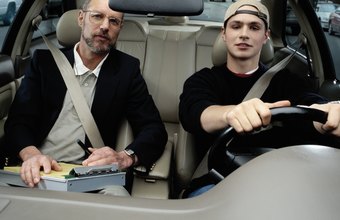FIRST DRIVING LESSON POINTERS
Get in gear: your first time in the driving seat
You have actually been studying, and now it’s time to put what you’ve discovered into practice behind the wheel. Reserving your very first driving lesson is exciting, however it might not take too long for the nerves to creep in. Let’s take a look at a couple of things you can do to help keep you calm, cool and collected as you discover how to drive.
How to prepare for your very first driving lesson
Evaluation the Highway Code – not only will it help you when it comes to taking your theory test, it’ll keep the guidelines and policies of the roadway fresh in your mind.
Choose an useful clothing. Attempt to wear something comfortable that you can move around in and avoid any restrictive clothes and footwear. High heels and flip flops, in particular, aren’t ideal when driving.
Remember your provisional licence – your instructor will inspect that you have it. You can’t lawfully lag the wheel without one so it’s an absolute should for your very first driving lesson. You may also be requested your check code, so your instructor can inspect your online licence equivalent.
Ensure you’re fit to drive. If you require them, avoid drinking the night before and keep in mind to bring your glasses or contact lenses.
Pass your test with us
Driving LessonsDriving Test Ireland
What do you do on your very first driving lesson?
Will I drive immediately?
Do not stress – you will not get in the driving seat immediately. Your instructor will drive you to a peaceful roadway where you’ll learn all the principles of the car controls. This includes the equipments, the pedals, and what’s known as the cockpit drill.
What’s a cockpit drill?
This is an exercise that all motorists should carry out when they get in the vehicle, and it’s typically one of the first things you’re taught. The cockpit drill (often referred to as the DSSSM routine) consists of inspecting your doors, seat, steering, seatbelt and mirrors:
- Doors– check all doors are closed and secured prior to starting your engine.
- Seat and steering– adjust your seating so that the controls are within easy reach and you have a clear view of the road. If you’re in an accident, you ought to likewise adjust your headrest to prevent whiplash.
- Seatbelt– make sure you and your passengers are buckled in.
- Mirrors– position your mirrors to minimise your blind spots.
How do I move off?
When it concerns the big moment– taking control of the automobile– you’ll need to move the car off and reveal that you can safely do the ‘Prepare, Observe, Move’ routine:
Prepare – getting the lorry all set to pull away when the roadway is clear
- Press and hold the clutch down with your left foot.
- Select first gear.
- Press the gas pedal down with your right foot up until you’re at about 1500-2000 rpm.
- Bring the clutch up slowly till you find the biting point.
- Be ready to release the handbrake at the correct time.
Observe– showing your trainer that you’re aware of your environments
- Examine all around the vehicle trying to find anything that might impact your driving strategy.
- Examine both shoulders.
Move– with confidence moving the cars and truck off when you’re safe to go
- Launch the handbrake.
- Release the clutch slowly while carefully putting your foot down on the gas pedal.
- Ease up on the gas and control the speed of the car using the clutch pedal if you find you start to move off too quick.
- Re-check your mirrors and blind spots and move your car to the regular driving position.
What if I make a mistake?
It’s regular to be anxious when you’re discovering to drive – and you’re not expected to master whatever straight away. Driving is something you get better at with time and practice.
In the (not likely) case of something going wrong, rest assured that your trainer can control the vehicle. All professional driving schools utilize dual controlled vehicles, which indicates your instructor can action in if you need some assistance.
Scheduling your first driving lesson is exciting, but it might not take too long for the nerves to sneak in. You can’t legally be behind the wheel without one so it’s an outright need to for your first driving lesson. Your trainer will drive you to a peaceful roadway where you’ll find out all the fundamentals of the cars and truck controls. It’s regular to be worried when you’re learning to drive – and you’re not expected to master everything straight away. Driving is something you get better at with time and practice.
Related Articles
[page-generator-pro-related-links group_id=”1597″ post_status=”publish” output_type=”list_links” limit=”6″ columns=”2″ link_featured_image=”0″ orderby=”rand” order=”asc”]
Learn More

